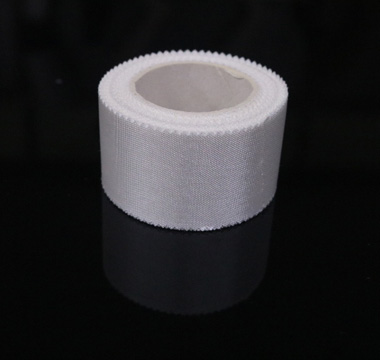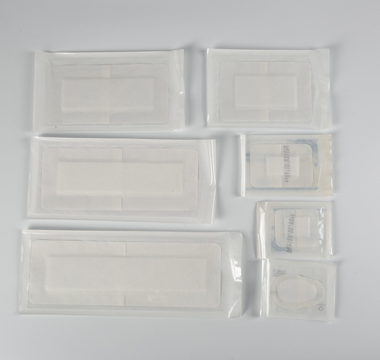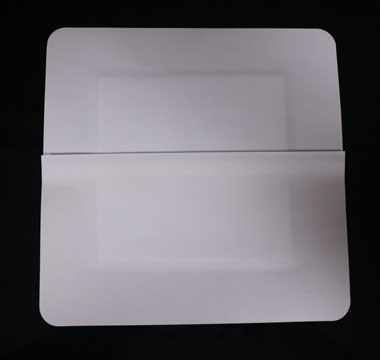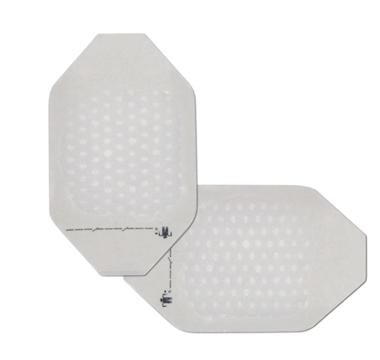Uncut Kinesiology Tape
Elastic Adhesive Fabric Bandage
Waterproof Kinesiology Tape
Ventilate Kinesiology Tape
Pre-cut Kinesiology Tape
Zinc Oxide Sports Tape
Foam Underwrap Tape
Nylon Kinesiology Tape
Elastic bandage
Rayon Kinesiology Tape
Kinesiology Strip
Custom Kinesiology Tape
Boob Tape
Foam Medical Tape
Paper Medical Tape
Cloth Medical Tape
Silk Medical Tape
Fabric Medical Tape
Plastic Medical Tape
Silicone Medical Tape
Microporous Medical Tape
Durapore Medical Tape
Fix roll
PE Medical Tape
Transparent Film Dressing
Non-woven Wound Dressing
Polyurethane Wound Dressing
Foam Wound Dressing
Hydrocolloid Wound Dressing
Silver Wound Dressing
Alginate Wound Dressing
Waterproof Wound Dressing
Adhesive Film Dressing
Waterproof Film Dressing
Home Wound Dressing
Medical Wound Dressing
Eye Plaster
Cannula Fixation Dressing
Dispensing Wound Dressing
Silica Gel Wound Dressing


 中文
中文 











































